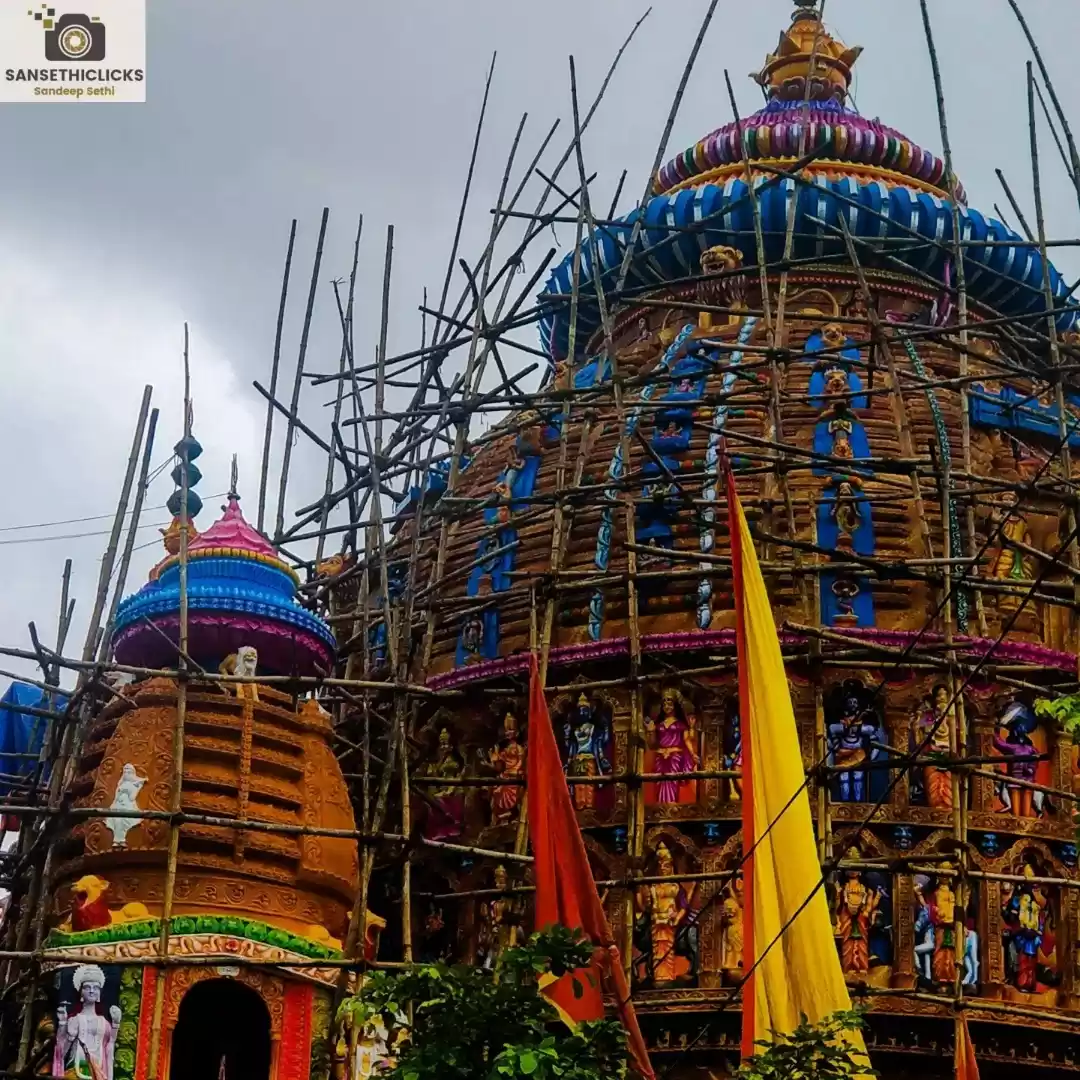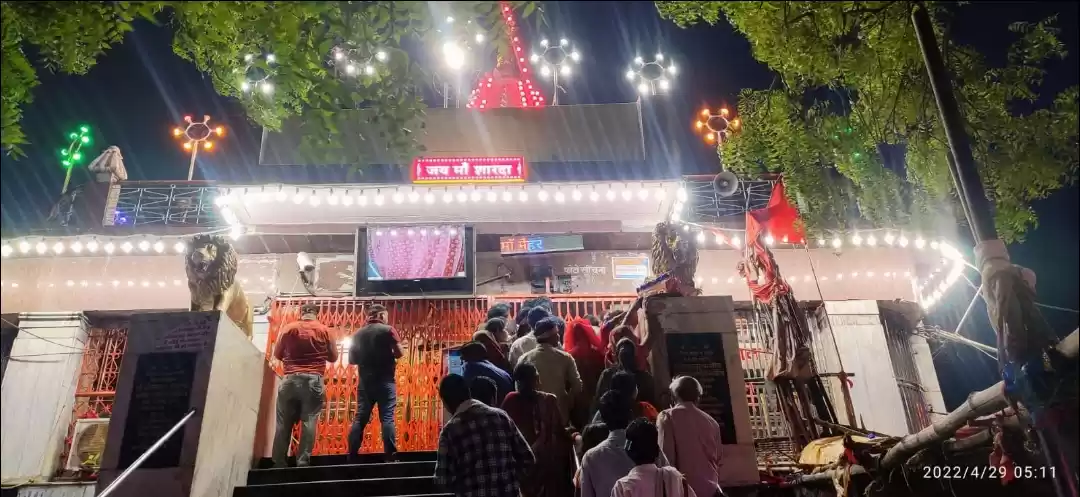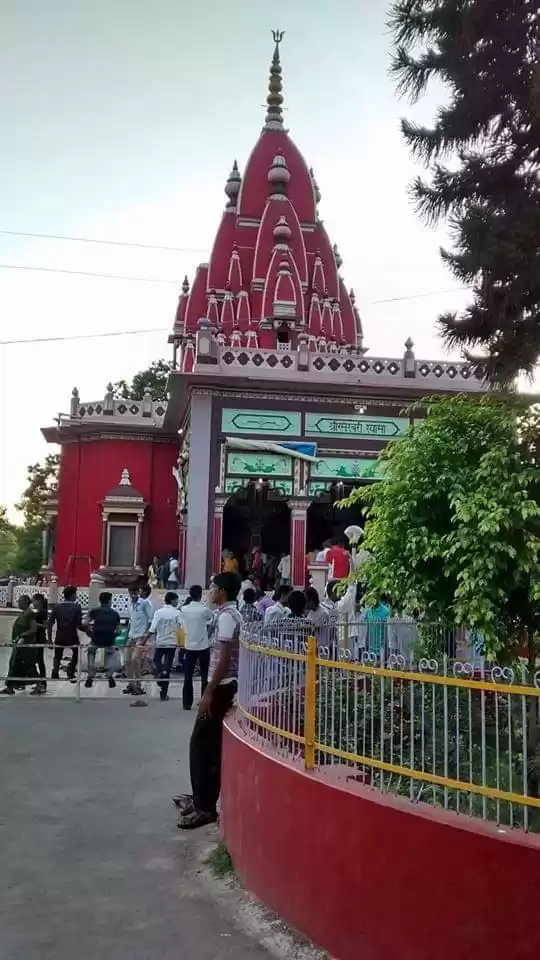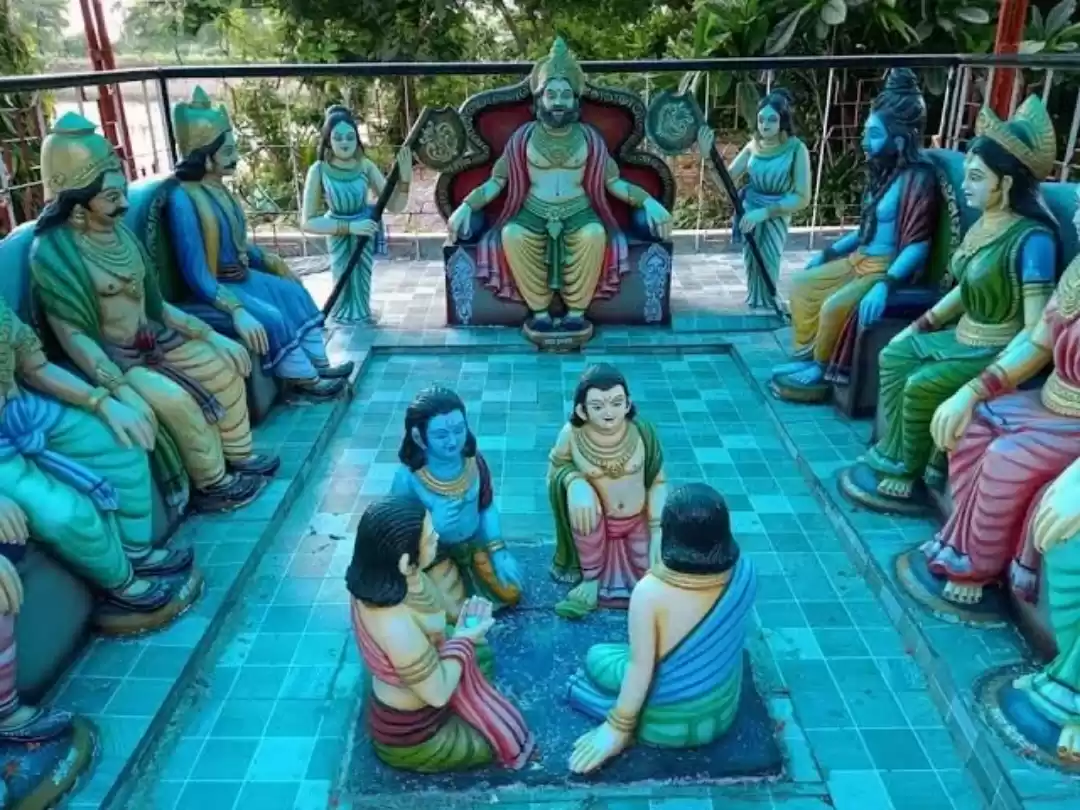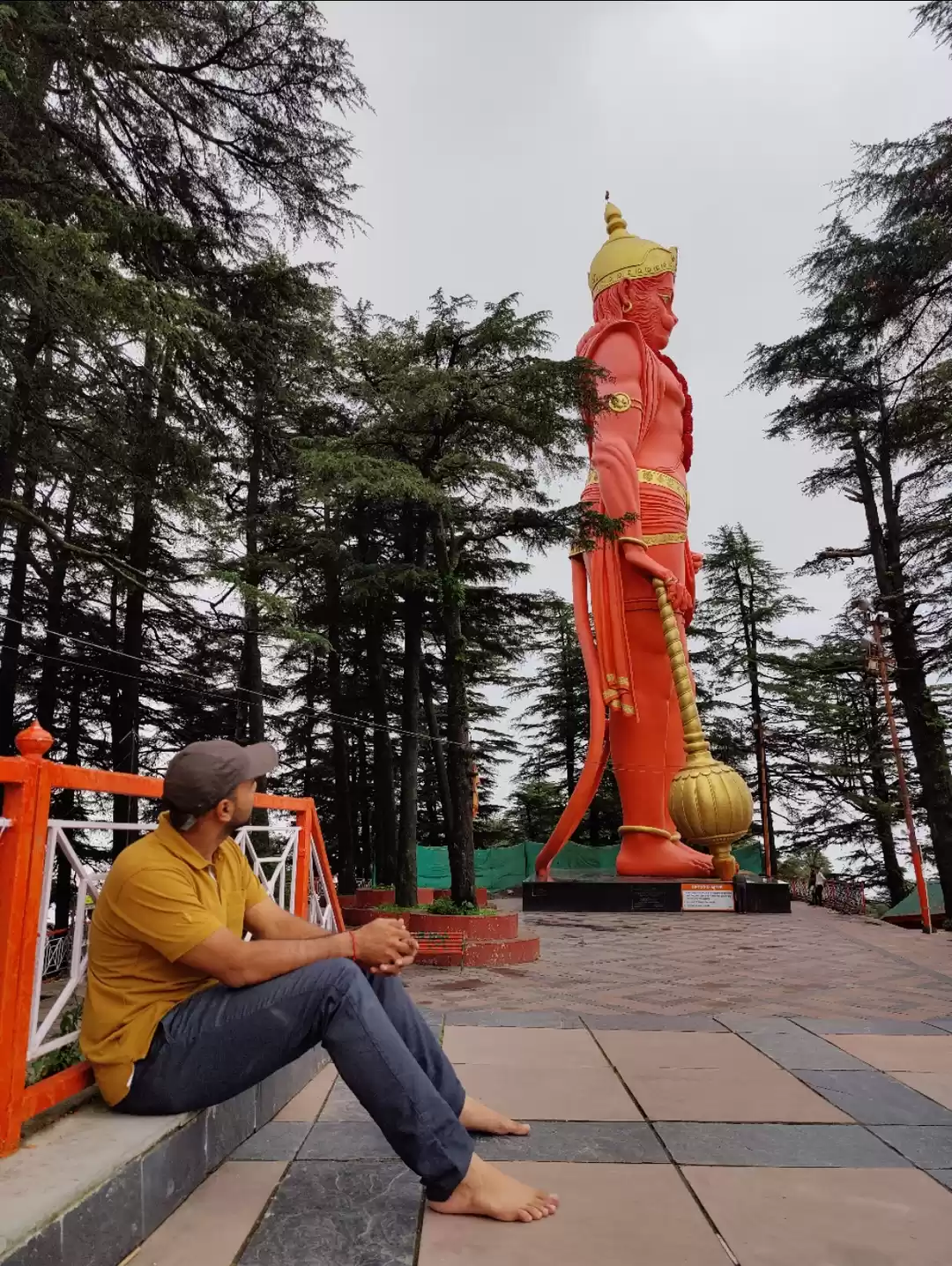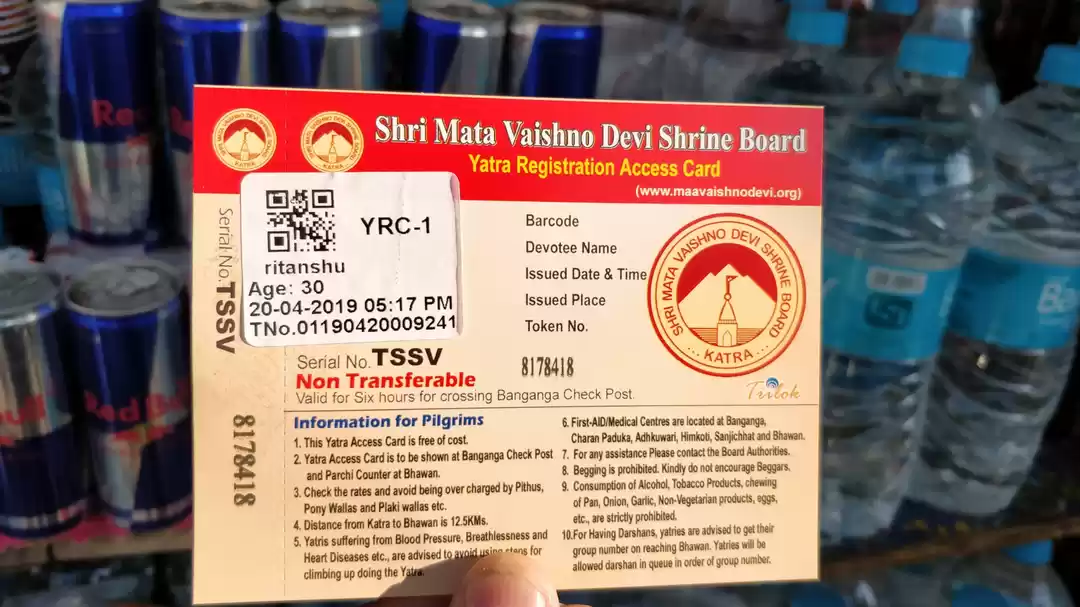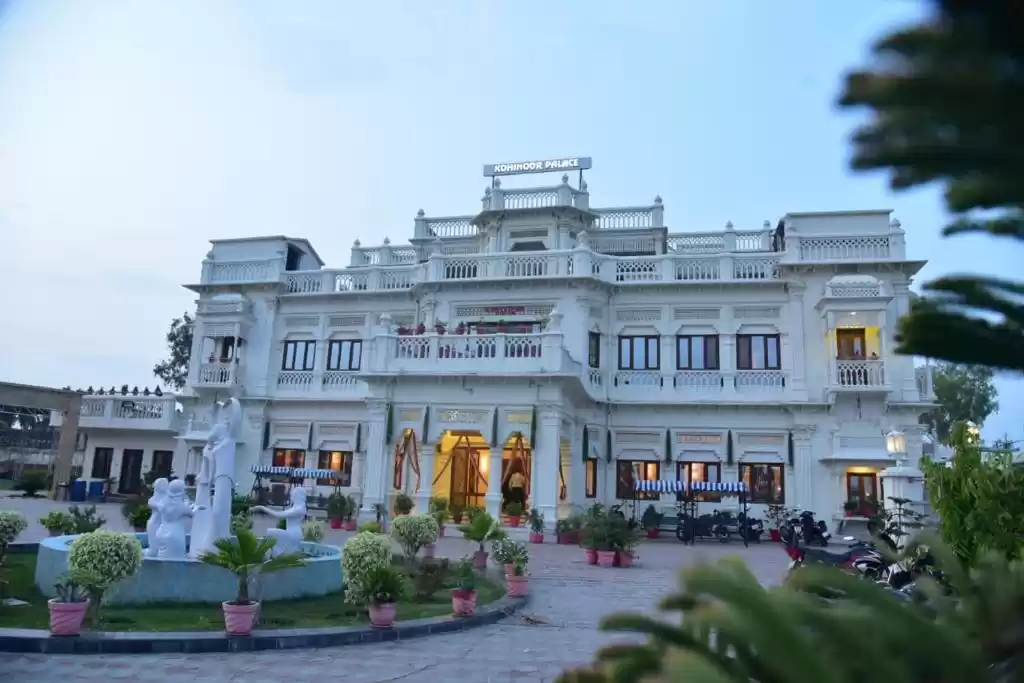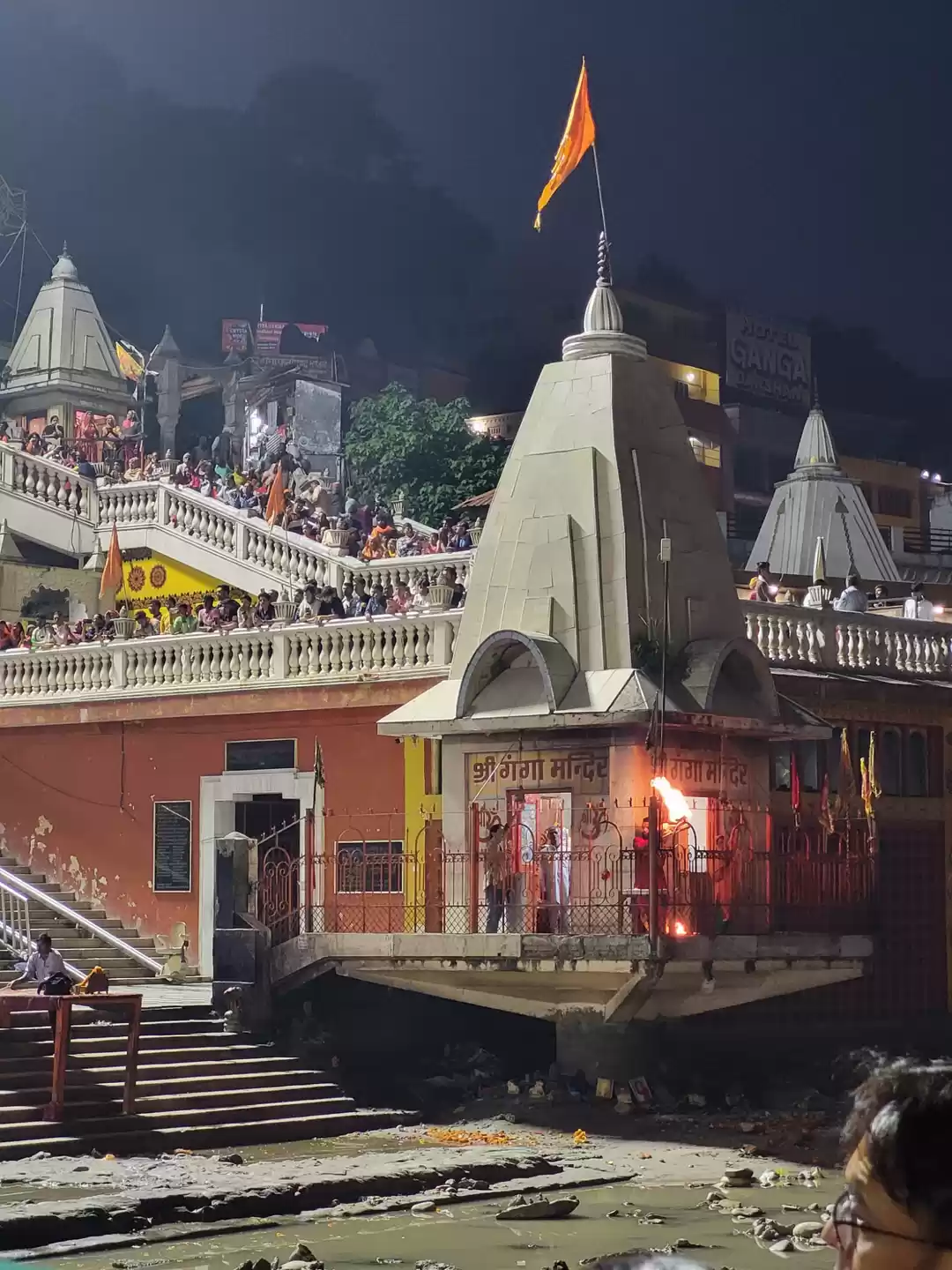Have you ever wondered what it would be like to visit the oldest functioning temple in India? If you are looking for a unique and ancient destination to explore, you might want to consider the Mundeshwari Temple in Bihar. This temple is not only one of the oldest Hindu temples in the world, dating back to the 3rd century BCE, but also one of the most popular Shiva temples in India.
It is dedicated to Lord Shiva and Shakti, and is located on a hilltop in Kaimur district. In this article, we will explore the history, architecture, miracle, legends, and festivals of this temple, and also give you some tips on how to reach and enjoy this ancient abode of Shiva and Shakti.
History of the temple
The origin and evolution of the Mundeshwari Temple is shrouded in mystery and legend. According to one legend, the temple was built by a king named Mund who was cursed by a sage for killing his cow. The sage told him that he would be relieved of his curse only if he built a temple for Shiva and Shakti. The king followed his advice and constructed the temple on a hilltop. Another legend says that the temple was visited by Lord Rama during his exile. He offered prayers to Shiva and Shakti and received their blessings.
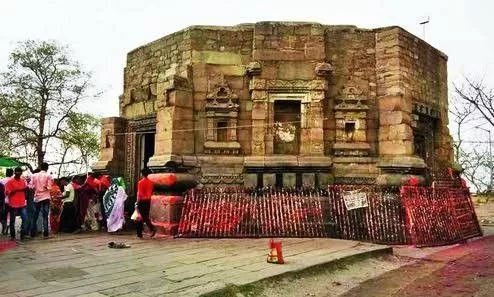
The historical and archaeological evidence suggests that the temple is one of the oldest in India, dating back to the 3rd century BCE. The Archaeological Survey of India (ASI) has confirmed this claim based on the ancient Hindu inscriptions found in the temple. The inscriptions mention the names of various kings and dynasties that ruled over this region, such as the Mauryas, Guptas, Pals, and Chandels. The temple also contains coins, sculptures, and pottery from different periods of history.
However, there are some controversies or debates that surround the age and authenticity of the temple. Some scholars, historians, and experts have different opinions about when and by whom the temple was built. Some argue that the temple is much older than the 3rd century BCE, while others claim that it was renovated or rebuilt several times over the centuries. Some also question whether the temple is really dedicated to Shiva and Shakti or to some other deities.
Architecture of the temple
The Mundeshwari Temple has a unique architectural style and features that distinguish it from other temples in India. The temple is built in the Nagara style, which is characterized by a curvilinear tower or shikhara over the sanctum sanctorum. The temple has an octagonal shape, which is rare among Hindu temples. It has doors on all four sides, which allow natural light and air to enter the temple. The temple is made of stone carvings that depict various gods and goddesses, animals and birds, floral motifs, and geometric patterns.
The significance and symbolism of the temple’s design and layout are also remarkable. The octagonal shape represents the eight directions, elements, planets, or aspects of Shiva and Shakti. The doors on all four sides symbolize the openness and accessibility of the temple to all devotees. The stone carvings reflect the artistic and cultural diversity of India.
The temple has been preserved and protected by ASI since 1914. The ASI has undertaken several measures to prevent damage or deterioration of the temple due to natural calamities or human interference. The ASI has also installed a fence around the temple to ensure its security and safety.
Miracle of the temple
One of the most fascinating aspects of the Mundeshwari Temple is the phenomenon that occurs in it every year. A ray of sunlight falls on the idol of Mundeshwari or Durga on certain days of the year. This phenomenon is considered as a miracle by many devotees and visitors who flock to witness it.

The meaning and importance of this phenomenon are immense for those who believe in it. It signifies the blessing or grace of Mundeshwari or Durga who is regarded as one of the most powerful forms of Shakti or feminine energy. It also signifies the harmony or balance between Shiva and Shakti who are worshipped together in this temple.
The phenomenon can be witnessed on some specific dates or occasions during the year. These include during Navratri or Dussehra (September-October), when Mundeshwari or Durga is celebrated as the goddess of victory over evil; during Makar Sankranti (January), when Mundeshwari or Durga is celebrated as the goddess of prosperity and abundance; and during Chaitra Navratri (March-April), when Mundeshwari or Durga is celebrated as the goddess of new beginnings and renewal.
Also check out: This Temple Is the Oldest in India!
Legends of the temple
The Mundeshwari Temple is also rich in legends and stories that are associated with it. These legends reflect or influence the culture or beliefs of the people who worship or visit the temple. Some of the legends are:
The temple was built by a king named Mund who was cursed by a sage for killing his cow. The sage told him that he would be relieved of his curse only if he built a temple for Shiva and Shakti. The king followed his advice and constructed the temple on a hilltop.
The temple was visited by Lord Rama during his exile. He offered prayers to Shiva and Shakti and received their blessings. He also installed a lingam or a symbol of Shiva in the temple, which is known as Mukhalingam or the lingam with a face.
The temple was protected by a snake goddess who guarded the entrance from invaders. She would bite anyone who tried to harm or defile the temple. She also helped the devotees and visitors who came to the temple with pure intentions and devotion.
These legends are still alive or relevant today, as many people celebrate or commemorate them during festivals or rituals.
For example, during Nag Panchami (July-August), people worship the snake goddess and offer her milk and flowers; during Rama Navami (March-April), people celebrate the birth anniversary of Lord Rama and his visit to the temple; and during Shivaratri (February-March), people worship Shiva and his lingam in the temple.
You may also like to check out: Here's All You Need To Know For Your Trip to Kaimur Hills!
Festivals of the temple
The Mundeshwari Temple is also a hub of festivals and celebrations throughout the year. Some of the festivals that are celebrated in this temple are:
Navratri or Dussehra (September-October):
This is one of the most important festivals in this temple, as it honors Mundeshwari or Durga as the goddess of victory over evil. During this festival, people perform various rituals, such as fasting, offering prayers, performing dances, and sacrificing animals. They also witness the miracle of sunlight falling on the idol of Mundeshwari or Durga.
Shivaratri (February-March):
This is another major festival in this temple, as it honors Shiva and his lingam as the supreme lord of destruction and creation. During this festival, people perform various rituals, such as staying awake all night, offering prayers, chanting mantras, and pouring water or milk on the lingam. They also witness the miracle of sunlight falling on the idol of Mundeshwari or Durga.
Ramnavami (March-April):
This is a festival that celebrates the birth anniversary of Lord Rama and his visit to the temple. During this festival, people perform various rituals, such as reading or reciting the Ramayana, offering prayers, singing bhajans, and distributing sweets. They also witness the miracle of sunlight falling on the idol of Mundeshwari or Durga.
How to reach and enjoy the temple
If you are interested in visiting this temple and experiencing its ancient charm and divine grace, here are some practical information on how to reach and enjoy it:
The temple is located on a hilltop in Kaimur district in Bihar. It is about 10 km from Bhabua, which is the nearest town. It is about 100 km from Varanasi, which is the nearest city.
The temple can be reached by road, rail, or air from different cities or states in India. By road, you can take a bus or a taxi from Bhabua or Varanasi to reach the temple. By rail, you can take a train to Bhabua Road railway station, which is about 22 km from the temple. By air, you can take a flight to Lal Bahadur Shastri International Airport in Varanasi, which is about 110 km from the temple.
The temple can be visited throughout the year, but the best time to visit it is during September-October, when you can witness the miracle of sunlight falling on the idol of Mundeshwari or Durga during Navratri or Dussehra.
The temple can be explored in a few hours, but you can also spend a day or two to enjoy its surroundings and nearby attractions. Some of the places that you can visit along with this temple are Rohtasgarh Fort, which is an ancient fort that offers panoramic views of the region; Sasaram Tomb, which is a mausoleum of Sher Shah Suri, a 16th century ruler who defeated Humayun; and Kaimur Wildlife Sanctuary, which is a natural reserve that hosts various species of flora and fauna.
Tips for Travellers Visiting The Temple
The temple can be enjoyed by following some tips or advice such as:
What to wear:
You should wear comfortable and modest clothes that cover your shoulders and knees, as the temple is a sacred place and you need to respect the local culture and customs.
What to carry:
You should carry some essentials such as water, snacks, sunscreen, hat, camera, and cash, as the temple is located on a hilltop and there may not be many facilities or shops nearby.
What to avoid:
You should avoid littering, smoking, drinking, or eating non-vegetarian food in or around the temple, as these are considered as disrespectful or offensive to the temple and its deities.
The Mundeshwari Temple is a treasure trove of history, architecture, miracle, legends, and festivals that can enrich your knowledge and experience of India’s oldest functioning temple.
It is a place where you can witness the ancient charm and divine grace of Shiva and Shakti, who are worshipped together in this temple. It is a place where you can feel the connection between the past and the present, the natural and the supernatural, the human and the divine.
If you are looking for a unique and ancient destination to explore, you should definitely visit this temple and see for yourself what it has to offer.
And if you do visit this temple, don’t forget to share your feedback or comments with us. We would love to hear from you.




